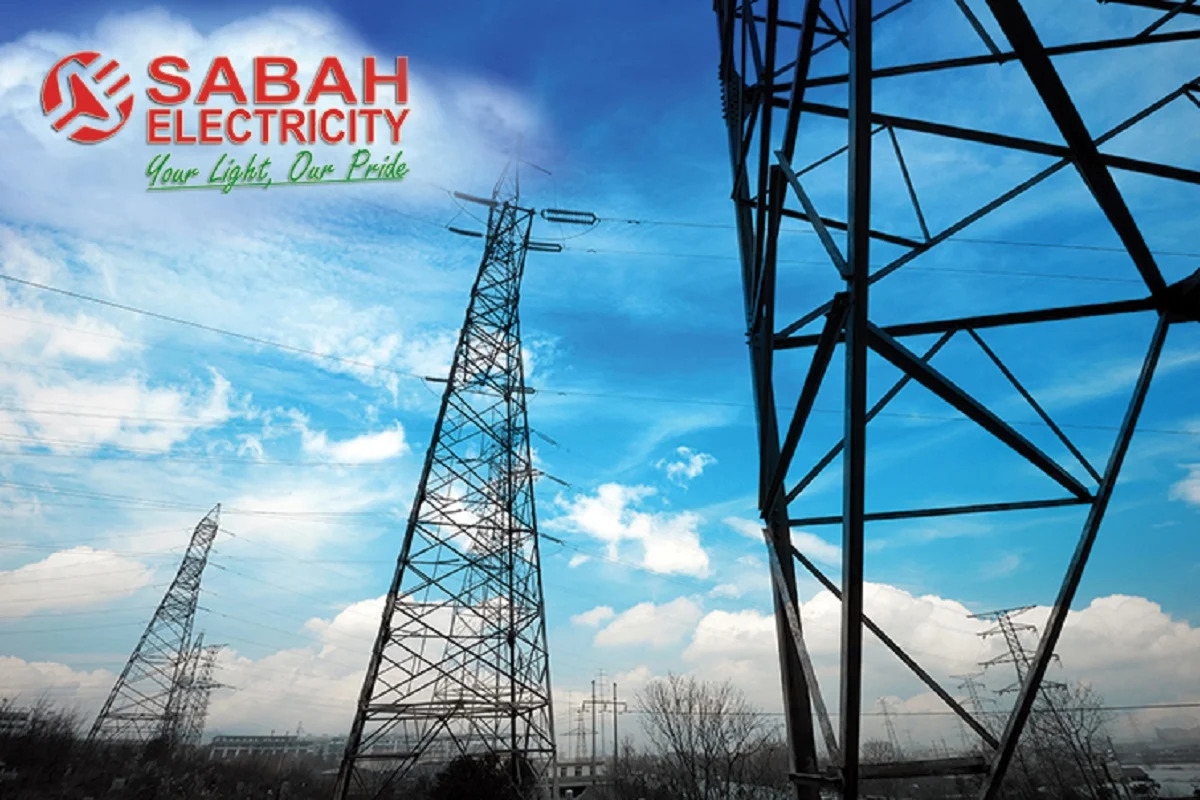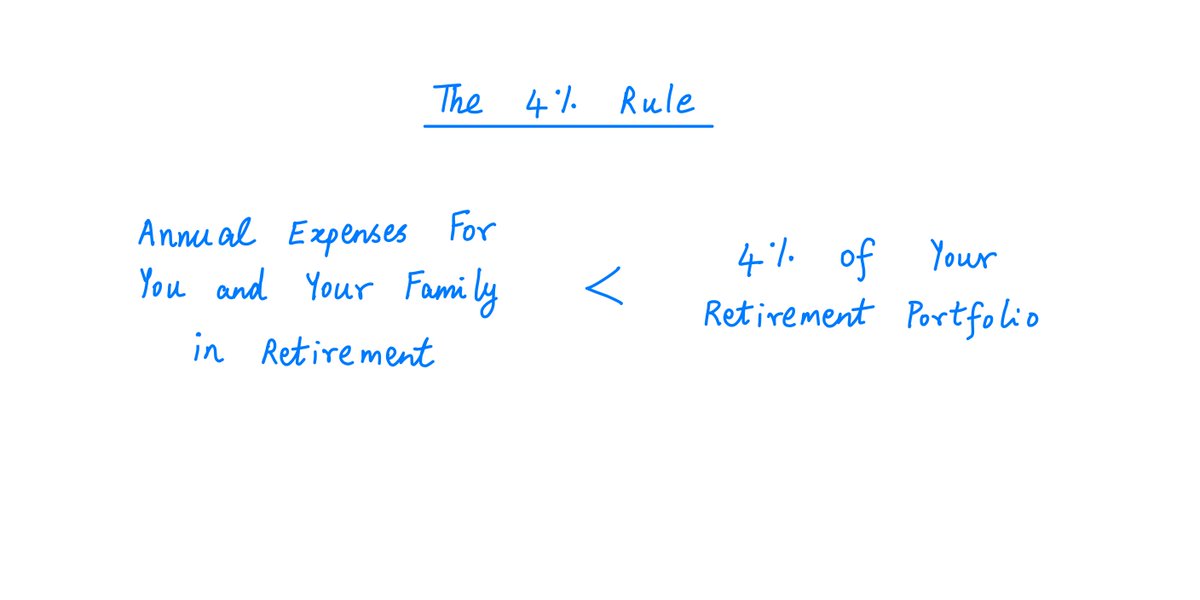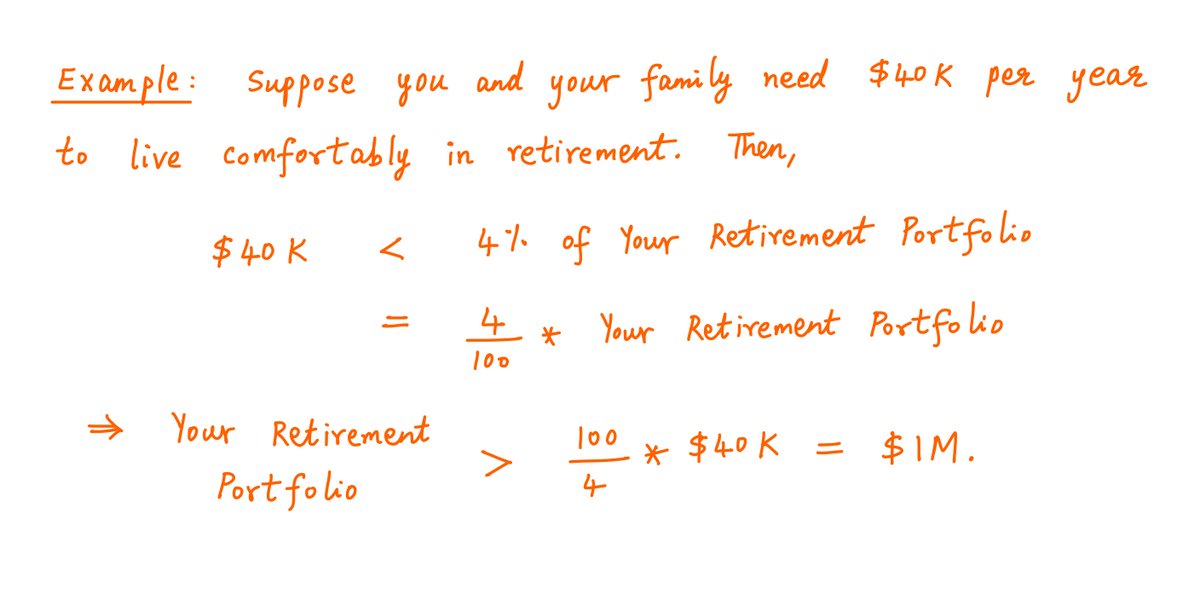1/ SESB was privatised circa 1998 to nurse a financially distressed state-owned utility back to profitability by taking it out of the hands of the state and placing it in the care of the federal government.
2/ Ownership wise: TNB is major shareholder with 82%, Sabah gov owns the remainder and the Finance Ministry holds a golden share.
3/ Back-of-the-envelope calculations from 2010-2019 annual reports showed that the company had received about RM13 billion in subsidies and development grants from Putrajaya. That number is sans loan obligations to the federal government which stood at RM2.39 billion as of 2019.
4/ Federal aid had helped SESB post stable revenue and net profits across the period under review since subsidies were recognised as company revenue and grants + loans used to finance capex/opex.
5/ But in SESB’s 2019 annual report, external auditor PwC said the company can only continue as a going concern depending on “continuing financial support from the shareholders and on the company attaining sufficient cash inflows to sustain its operations.”
6/ Its current liabilities (RM2.11 billion) had exceeded its current assets (RM1.91 billion) for FY19. SESB still owes TNB RM450 million which the latter said would not not seek full repayment until former had the financial capacity to do so.
7/ Further, SESB defaulted on an RM304.9 million loan with Putrajaya as at December 31, 2019, therefore accruing a RM13.1 million penalty. It is currently negotiating with Putrajaya on both repayment and penalty.
8/ Three reasons have put SESB on the back foot: absence of political will, tight cash reserves and expensive power generation costs.
9/ As Putrajaya owns that powerful golden share, a source said that created rifts in implementing large projects as the federal government could veto decisions including M&As and asset disposals.
10/ Tariff reviews are also subject to federal approval. Latest revision to 34.52 sen/kwh from 29.52% sen/kwh effective 2014 but newer quantum 42% lower than actual operation costs ~82.19 sen/kwh.
11/ Sabah’s fuel mix consists of 86% gas, 7% hydro, 4% diesel/medium fuel oil, 2% biomass/biogas and less than 1% solar, according to the Energy Commission’s (EC) data.
12/ Power generation in west coast is highly dependent on gas while less populous east coast mainly relies on diesel. But Sabah’s east coast plagued with frequent disruptions due to theft with losses up to RM4 million between 2017 and 2019.
13/ There are also middlemen or appointed independent power distributors where residents pay them to forward the money to SESB, leading to charges rising double or triple the normal amount.
https://t.co/hhgSNHBYJO
14/ Have to factor in procurement problems and potential wastage, leakage. A RM2.3 billion mini-hydro dam in the state scheduled to be completed last year has yet to be built as the appointed contractor tasked to undertake preliminary work lacked funds.
https://t.co/p0F74a9ghj
15/ Other state-wide problems including ageing grid network (20 years or more) that is fast approaching design load limits and inefficient combined cycle gas plants.
16/ Naturally customers in the state experience power disruptions 4x greater than in peninsula, based on the system average interruption duration index (Saidi), a commonly used reliability indicator by power utilities.
17/ Sabah’s Saidi stood at 267 minutes/year/customer compared to 50 m/y/c and 112 m/y/c in Peninsular Malaysia and Sarawak respectively, according to EC data.
18/ Interruptions are its worst in the remote corners of Sabah, such as Pitas and Tambunan, which happen to be among the poorest areas, with a Saidi of 302.63 m/y/c. If Pitas rings a bell, it's where student Veveonah Mosibin comes from.
https://t.co/MnhzUK23Lm
19/ SESB is also dependent on independent power producers to meet 80% supply. With thin cash reserves and high opex, banks might be way of lending for expansion unless there's some kind of guarantee. SESB’s opex is ~RM1.79 billion a year.
20/ Currently there are six major transmission projects, from upgrading to new transmissions, costing RM840 million and targeted for completion in late 2021 or early 2022. There's also interconnection with Sarawak which is supposed to kick off in 2022.
21/ Pakatan Harapan tried pushing for SESB divestment and place it entirely in Sabah’s hands. A due diligence study was completed in 2019 but report has yet to be made public.
22/ Sabah Deputy Chief Minister I Bung Mokhtar Radin recently said state will only take back SESB once profitable. Consultants believe it will take another 20 years to put SESB back on a stronger footing to self sustainability. Until then taxpayers will need to rescue it.
/End
If you enjoyed this thread and found it helpful, tip me at:
https://t.co/I3SLHTNm5A


















